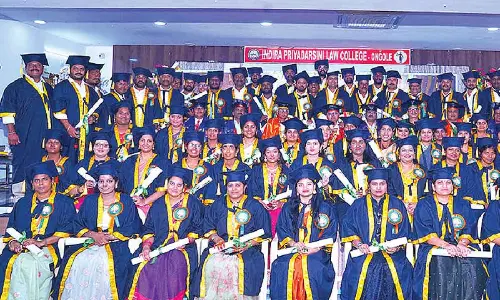Reusable Launch Vehicle

For the very first time in its history, the Indian Space Research Organisation (ISRO) is actually growing wings as it embarks this month on a never before space flight that would make history.
For the very first time in its history, the Indian Space Research Organisation (ISRO) is actually growing wings as it embarks this month on a never before space flight that would make history. The Indian space agency is all set to undertake the maiden launch of its very own indigenously version of a ‘space shuttle’, a fully made-in-India effort. The launch of Reusable Launch Vehicle (RLV) will happen at SHAR Centre, Sriharikota, on May 23 at 9.30 am.
Reusable Launch Vehicles are aimed at cutting down the cost of satellite launches. However, the magnitude of cost reduction depends on the development and realization of fully reusable launch vehicle and its degree of reusability. The only countries that have attempted operational flights of a space shuttle are America, which flew its space shuttle 135 times and then retired it in 2011 and since then it lost its capacity to send astronauts in space on American made rockets.
The Russians made only a single space shuttle and called it Buran it flew into space just once in 1989. The French and Japanese have made some experimental flights. The 6.5-meter-long ‘aeroplane’-like spacecraft will weigh 1.75 tons and will be hoisted into the atmosphere on a special rocket booster. The special booster or the first stage is powered using a solid fuel and it will hoist the RLV-TD experiment to about 70 km into the atmosphere from where the descent will begin.
The current experimental version has no undercarriage so it cannot be brought back onto land and India lacks a runway that is longer than 5 km in length to accommodate such a landing. The making of the Indian space shuttle or RLV-TD has taken 5 years and the government has invested Rs 95 crore in the project. This flight will test the capability of the vehicle to survive a re-entry at speeds higher than that of sound so it is called a hyper sonic experiment (HEX).
Later, in the next few flights the RLV will be subjected to a landing experiment and another return flight experiment. Once these are successful, the ISRO will then decide on what should be the final configuration of the Reusable Launch Vehicle. After the successful deployment of the swadeshi Global Positioning System through NAVIC or Navigation with Indian Constellation, ISRO is again reaching for the stars.


















